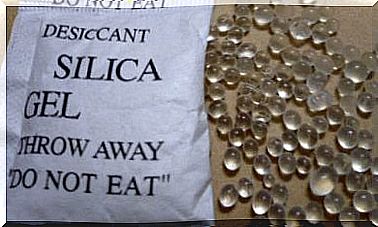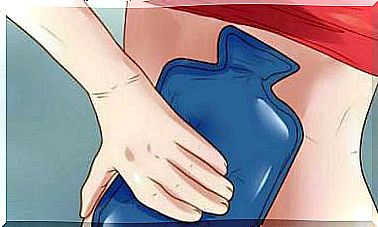Treatment Of Erysipelas
Erysipelas is a bacterial infection that mainly affects the skin. It is similar to another skin disorder known as cellulitis, although the latter occurs in the lower layers.
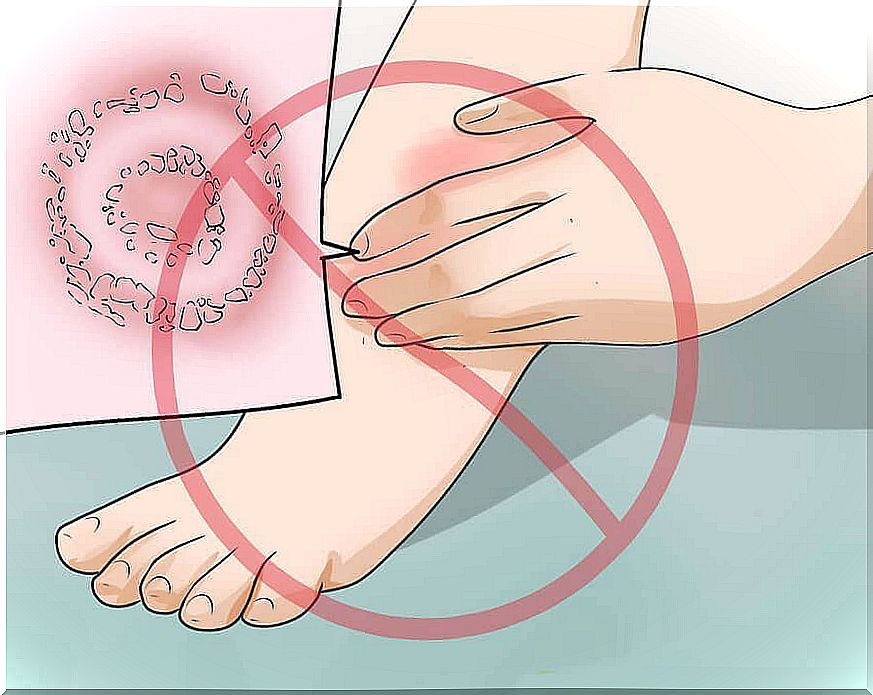
Erysipelas is caused by the group A Streptococcus bacteria , the same bacteria that causes strep pharyngitis.
The infection produces large red patches on the skin. As a rule, it mainly affects the area of the face and legs.
Symptoms of erysipelas
Among the most emblematic symptoms of erysipelas are:
- Fever
- A cold
- Chills
- Generalized malaise
- Skin lesions, red in color, that appear swollen and have raised edges.
- Blisters may also appear in the affected area, especially when erysipelas affects the face, especially the nose and cheeks.
It is not uncommon for erysipelas to cause inflammation of the glands, which can cause the patient to experience severe pain throughout their body.
The causes of erysipelas
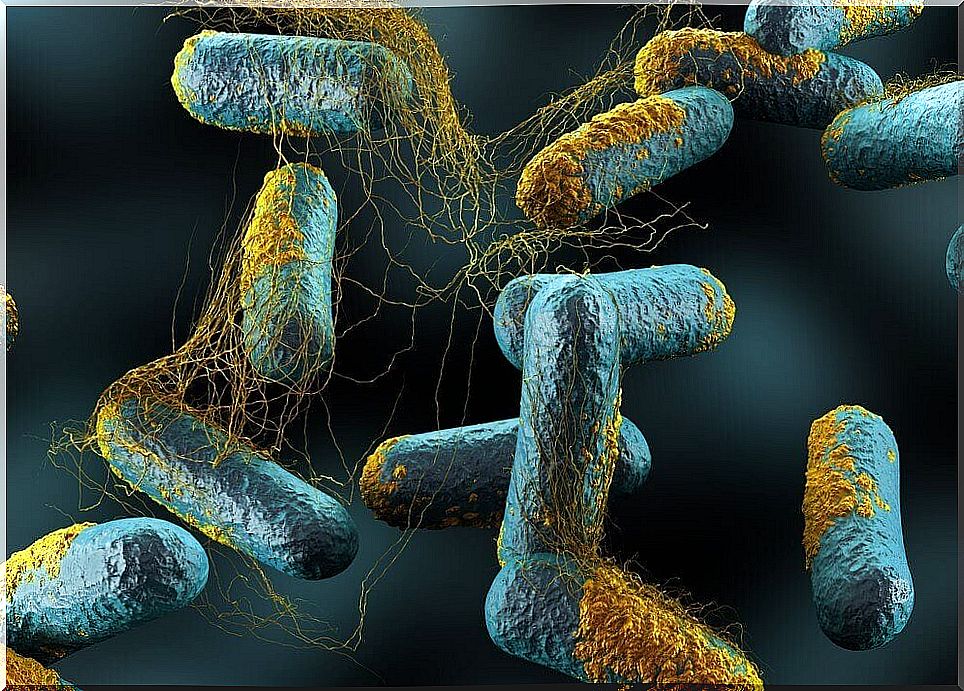
When group A streptococcus bacteria enter the outer barrier of the skin, erysipelas appears.
We must clarify that millions of bacteria are living on our skin right now and that they do not affect its health. But when bacteria enter the skin, through a sore or injury, they can cause infection there.
Conditions that cause lesions in the skin, such as athlete’s foot and eczema, can lead to the development of erysipelas.
This phenomenon can also occur when the bacteria spreads in the nasal passages, causing an infection of the nose and throat.
How to treat erysipelas?
Pharmacological treatment
Streptococci cause, in most cases, the appearance of erysipelas. This is why penicillin was the first therapy used to deal with it.
This substance, when ingested orally or injected intramuscularly, is used to treat most cases of classical erysipelas.
The treatment should last 5 days to treat the infection. If no improvement occurs, treatment should be extended.
It is also possible to use first generation cephalosporin, especially if the patient is allergic to penicillin.
Cephalosporins can cross-react with penicillin. They should therefore be used with caution in patients with a history of severe allergies to penicillin.
Clindamycin is also a therapeutic option in the face of this pathology, even though group B streptococci can be resistant to it. Coverage for Staphilococcus aureus is generally not necessary for typical infections.
But this option should be considered in patients who do not show improvement with penicillin. Or those with atypical forms of erysipelas, such as bullous erysipelas.
Some scientists believe that facial erysipelas should be treated with a penicillinase-resistant antibiotic. This is the case with dicloxacillin or nafcillin.
This treatment aims to cover a possible infection caused by the bacteria Staphilococcus aureus. However, no study has confirmed the validity of this recommendation.
Other possible treatment
Roxithromycin and pristinamycin are extremely effective in treating erysipelas. Many studies have shown that drugs containing these molecules are much more effective and have far fewer side effects than drugs containing penicillin.
The Food and Drug Administration (FDA), the drug agency of the United States, has never issued a marketing authorization for these drugs in the country, but they are authorized in Europe.
The FDA has approved three other antibiotics, oritavancin (Orbactiv), dalbavancin (Dalvance) and tedizolid (Sivextro) for the treatment of acute bacterial infections affecting the structure of the skin.
These molecules are active against the Staphylococcus aureus , particularly in isolated cases of resistance to méticyline, the Streptococcus pyogenes, the Streptococcus agalactiae and Streptococcus anginosus, among others.
Most people with erysipelas can be treated at home, but some require hospitalization in order for their skin condition to be effectively cured.
Depending on the severity of their case, the treatment they will be given may include home remedies, medication, or surgery.
Surgery
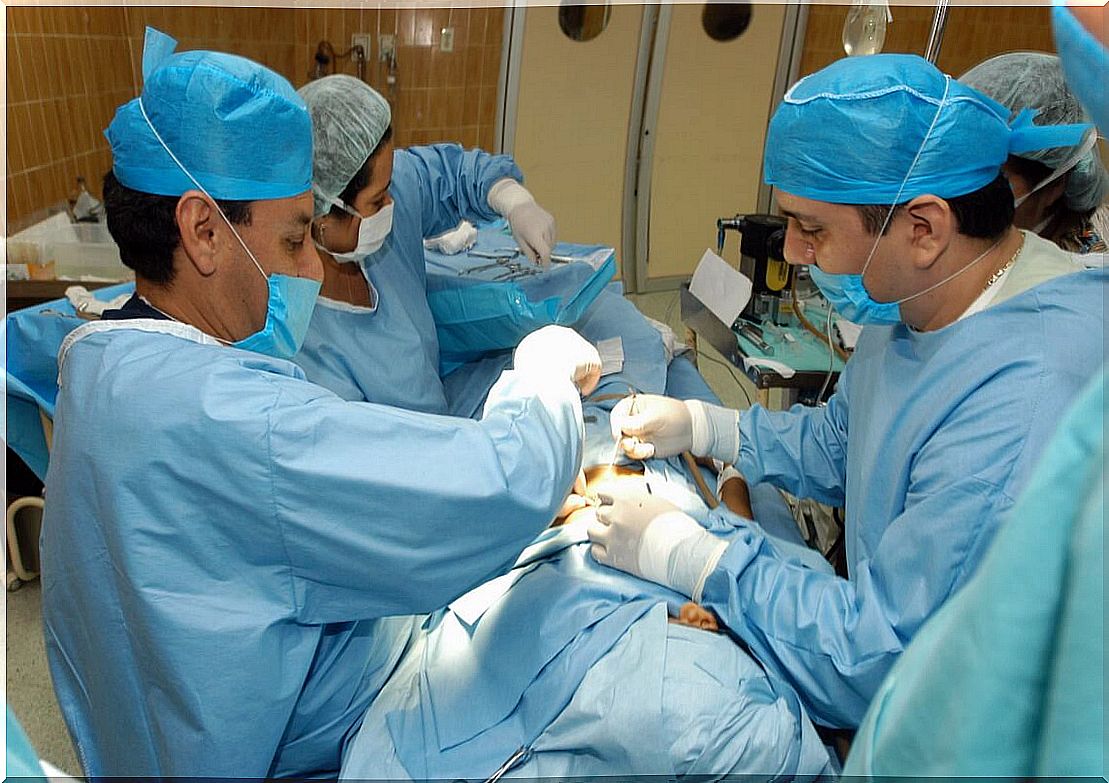
Surgery is only necessary in cases where erysipelas has progressed very quickly and has caused healthy tissue to die (necrosis).
Surgery is then necessary to extract the dead tissue. While the majority of cases of erysipelas do not result in serious sequelae after the use of appropriate antibiotic therapy, treatment must be prompt in order to be effective.
In addition to the administration of antibiotics, the treatment of erysipelas also requires:
Symptomatic treatment of pain and fever
The purpose of this treatment is to reduce the symptoms experienced by the patient suffering from erysipelas, thanks in particular to:
- Cold compresses
- Permanent hydration (oral ingestion if possible)
- Elevation of the affected extremity, useful in reducing inflammation and pain
- Wet saline bandages should be applied to ulcerated and necrotic lesions. They should be changed every 2 to 12 hours, depending on the severity of the infection.
Natural remedies for erysipelas

- Almond oil. First cold pressed almond oil is one of the most effective ways to remove red spots caused by anesthetic erysipelas.
After a few applications of almond oil, the skin will be able to fully recover. It is as if she had never suffered from lesions or spots. - The absinthe treatment. Wash the affected area with wormwood tea twice a day. Then take the medicine prescribed by the doctor.
Your doctor will probably have prescribed antibiotics for you. These are very effective during the budding period of the disease. - The remedy for lettuce. Applying lettuce poultices is a surprisingly effective natural treatment for erysipelas. Make sure to sterilize them before applying them.
- The medicinal marshmallow cure. You can also prepare compresses from the leaves and roots of medicinal marshmallow, after making a decoction.
A suitable diet
To combat erysipelas, we recommend that you eat a good amount of fruit, about 20% of your daily diet.
At the same time, you should definitely avoid fried foods and meat. You can replace them with fish and eggs. You should maintain this diet for 6 months, taking regular short breaks.






